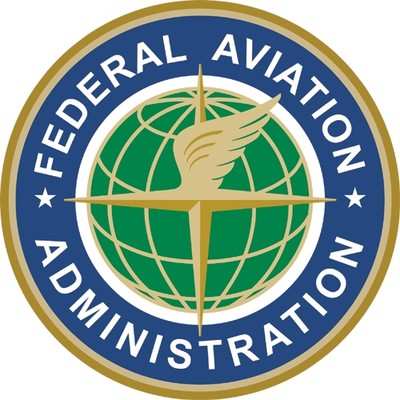Wed, Jun 24, 2015
The NTSB And Congress Are Asking The FAA To Change Glider Transponder Regulations
Both the National Transportation Safety Board (NTSB) and Congress are concerned about accidents and near accidents occurring because gliders are exempted from certain transponder rule requirements. The FAA has issued an Advance Notice Of Proposed Rulemaking (ANPRM) to solicit input regarding potential regulation revisions.

The purpose of the ANPRM is to solicit input from interested persons involved in glider operations in the National Airspace System (NAS). The ultimate goal is to ensure safety of flight for gliders and other aircraft operating in the NAS.
The NTSB, and two members of Congress, requested rulemaking because of a midair collision between a glider and a private jet. The FAA notes that it is currently encouraging the voluntary equipage of Traffic Awareness Beacon System (TABS) devices on aircraft excepted from carrying a transponder, such as gliders. The FAA is also considering the current and future implications of Automatic Dependent Surveillance-Broadcast (ADS-B) that may impact this potential rule change.
The issue can be broken down into 3 basic areas:
AIRSPACE
Regulations require transponder use in various parts of the national airspace system. However, certain types of aircraft are exempted from some of the transponder regulations, and gliders are one of these exempted aircraft. The question being asked in the ANPRM is whether or not gliders should continue to be one of the exempted categories of aircraft.
TRANSPONDERS AND ADS-B OUT
Transponders and ADS-B Out accomplish the same thing as far as air traffic control (ATC) is concerned. If the regulations are changed to require gliders to have the same transponder requirements as all other aircraft, they would also fall under the requirement to be equipped with ADS-B Out under the year 2020 requirement.
TRAFFIC AWARENESS BEACON SYSTEM (TABS)
Transponders and ADS-B not only communicate with ATC, they also communicate with other airplanes that are equipped with Traffic Collision Avoidance Systems (TCAS). Another system, known as TABS, communicates with TCAS but not with ATC. The FAA is considering this as a possibly simpler solution for gliders and other aircraft that operate under the transponder exemption.
The ANPRM contains a list of detailed questions for commenters to respond to these issues. For the complete ANRPM and more detailed information, refer to the website below.
More News
A Puff Of Smoke Came Out From The Top Of The Engine Cowling Followed By A Total Loss Of Engine Power On May 9, 2025, about 1020 mountain daylight time, an experimental amateur-buil>[...]
From 2022 (YouTube Edition): Jenny, I’ve Got Your Number... Among the magnificent antique aircraft on display at EAA’s AirVenture 2022 was a 1918 Curtiss Jenny painstak>[...]
Very High Frequency (VHF) The frequency band between 30 and 300 MHz. Portions of this band, 108 to 118 MHz, are used for certain NAVAIDs; 118 to 136 MHz are used for civil air/grou>[...]
“From approximately November 2021 through January 2022, Britton-Harr, acting on behalf of AeroVanti, entered into lease-purchase agreements for five Piaggio-manufactured airc>[...]
Microburst A small downburst with outbursts of damaging winds extending 2.5 miles or less. In spite of its small horizontal scale, an intense microburst could induce wind speeds as>[...]
 NTSB Prelim: Lee Aviation LLC JA30 SuperStol
NTSB Prelim: Lee Aviation LLC JA30 SuperStol Classic Aero-TV: Curtiss Jenny Build Wows AirVenture Crowds
Classic Aero-TV: Curtiss Jenny Build Wows AirVenture Crowds ANN's Daily Aero-Term (05.30.25): Very High Frequency (VHF)
ANN's Daily Aero-Term (05.30.25): Very High Frequency (VHF) Aero-News: Quote of the Day (05.30.25)
Aero-News: Quote of the Day (05.30.25) ANN's Daily Aero-Term (05.31.25): Microburst
ANN's Daily Aero-Term (05.31.25): Microburst



